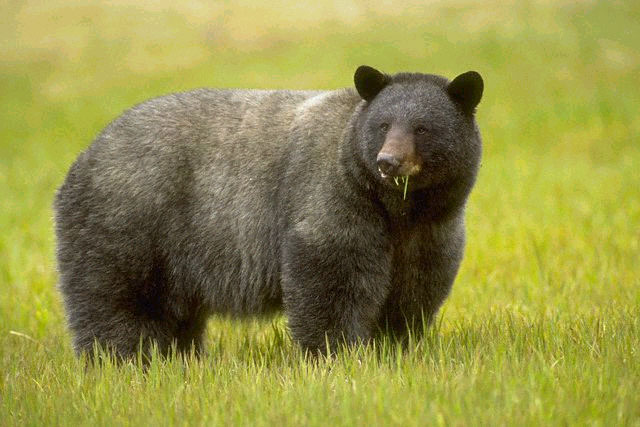Great recovery mechanism in bears
During hibernation, black bears have the ability to heal wounds that leave virtually no scars.
>>>Brown bear in Austria for the second time was declared extinct
The results have been drawn from a joint study between the universities of Minnesota, Wyoming and the Minnesota Department of Natural Resources, after tracking 1,000 black bears in the past 25 years. Thanks to the radio loop, experts discovered the ability to heal themselves in this fierce animal.
In a report published on Integrative Zoology , scientists said that each year they found a few bears injured by guns or hit by hunters' names; or because of fighting with other people or beasts. What is impressive is that most of these wounds are completely healed after the time of hibernation.

According to BBC Nature , the research team tracked minor cuts in the skin of 14 bear-necked bears in northern Minnesota. In mid-November (when the bear starts to hibernate) until March (about 1 month before they return), the wounds close and leave no scars. There is even no sign of infection. The layers of damaged skin are regenerated and in most bears, hair also grows back from new follicles in the wound area.
Previously, scientists were not surprised by the remarkable adaptations of bears during hibernation. Each year, they come into the cave for 6 months without losing any muscle or bone mass even if they don't eat or drink anything. Therefore, experts speculate that the ability to heal wounds is another adaptation of bears. During hibernation, the temperature of a black bear can be reduced to 7 degrees Celsius, and the heart rate from 55 beats per minute can be reduced to several beats per minute.
In humans, a drop in body temperature can worsen the healing process. Therefore, the research team hopes to quickly identify the mechanism behind this ability to apply in humans. This is particularly important in finding treatments to promote wound healing in malnourished patients, lower body temperature, diabetes and older people.
- Interesting facts about little-known bears
- Discover the mechanism of sensory taste of the brain
- Sedation slows injury recovery
- Breeding bear bears: The situation of raising bears is significantly reduced
- Sacrifice mother bear
- The polar bear again collides with the brown bear
- Polar bears and global warming
- Polar bears and 5 dangerous points
- Rescue 14 bears
- Russia and America's efforts to protect white bears failed
- Study hibernating bears to save people
- South American bears hate being photographed
 Animal 'suffering' after hibernation
Animal 'suffering' after hibernation Why do goats climb well?
Why do goats climb well? Scientists were surprised to see chimpanzees eating turtles
Scientists were surprised to see chimpanzees eating turtles Giant catfish died deadly due to drought in Thailand
Giant catfish died deadly due to drought in Thailand